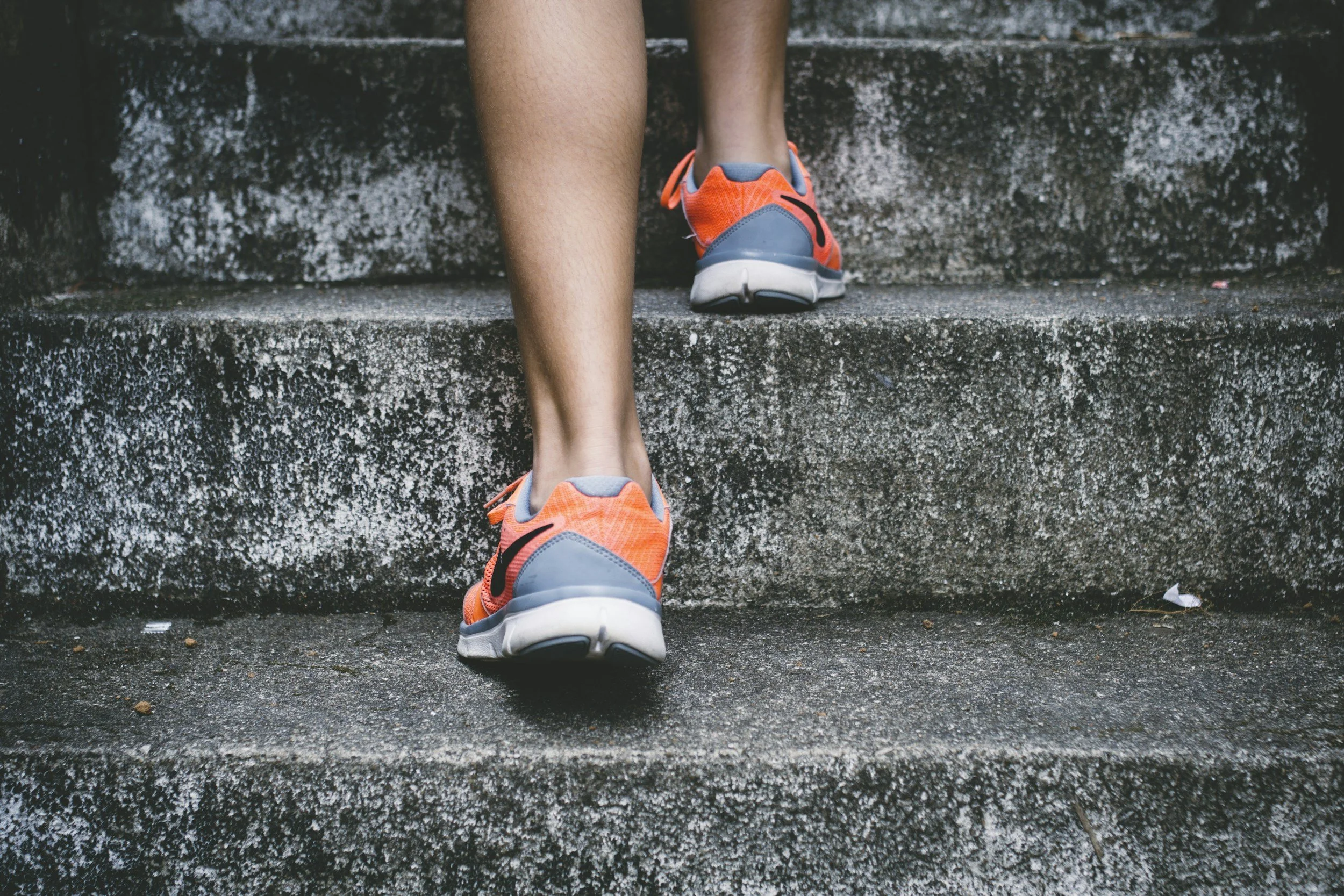By: Samantha Levine HuffingtonPost.com March 23, 2015
A surprising number of articles in usually progressive outlets insist on calling the current version of Cinderella "modern" or feminist. I'm willing to accept that a more assertive Cinderella is... nice. But what is distinctly not feminist is sending the message to little girls that not eating is how we fit into clothing. And that's been a woefully underreported component of the latest Cinderella story.
When the film's trailer began circulating, it triggered a lot of flurry and speculation around Cinderella/actress Lily Jame's exceedingly narrow waistline. Was the woman's (already thin) frame Photoshopped? Or was she made smaller as result of her corset, an optical trick further exaggerated by width of her skirts?
The question was settled by the actress herself during an interview with E!Online when she revealed that the corset of her dress was so tight that she couldn't eat while wearing it:
When [the corset] was on we would be on continuous days so we wouldn't stop for lunch or a lovely tea like this -- you'd be sort of eating on the move. In that case, I couldn't untie the corset. So if you ate food it didn't really digest properly and I'd be burping all afternoon in [Richard Madden]'s face, and it was just really sort of unpleasant. I'd have soup so that I could still eat, but it wouldn't get stuck.
Strangely, despite the admission of having to avoid solid food for this role, public fascination -- and concern -- continues to fixate on the question of digital alteration: As stated in the Daily Beast,
the outrage, at least according to James, is unnecessary: 'I find that the fullness of the skirt makes the waist look smaller. And I pulled it in a corset... It's sad to think that people are looking at it in a negative way. I'm proud of that dress. I'm a healthy girl.
Healthy she may be, but that is not the message that girls are receiving, not from the plain old images they see and certainly not when they hear that an already thin woman needed to avoid food to fit into a costume. If we weren't a society that was so accustomed to women needing to look a certain way this would seem absurd on its face. After all, this isn't the case of an actor losing weight for a specific role (which has its own complications) to accurately portray a true story adaptation. We are instead talking about a real woman playing a cartoon character, wearing a costume designed specifically for her. But instead of the designers' tailoring the clothing so that the actual person can wear it and still eat food, the actual person has to NOT EAT in order to wear the costume.
This is, of course, made even more troubling when we consider that Cinderella is targeted toward young girls: 10-year-old girls, -- 80 percent of whom are afraid of being fat and adolescent girls, 35-57 percent of whom engage in crash dieting, fasting, self-induced vomiting, diet pills or laxatives, as the National Eating Disorder Association points out on their website.
Sadly, this is a strategy that can turn deadly. In the United States, 20 million women and 10 million men suffer from a clinically significant eating disorder at some time in their life (girls express concerns about their weight as early as age six). Anorexia is the most deadly mental health disorder, with four times the death risk as major depression.
Significantly, girls recognize the images they see are unhealthy and unrealistic, yet they still idealize and strive to meet them: Sixty-three percent of girls think the body image represented by the fashion industry is unrealistic and 47 percent think it is unhealthy, yet 60 percent say that they compare their bodies to fashion models, 48 percent wish they were as skinny as the models in fashion magazines, and 31 percent of girls admit to starving themselves or refusing to eat as a strategy to lose weight.
Cinderella took in more than 70 million dollars when it opened last weekend and is expected to gross roughly half that this weekend. That's a lot of viewers and a lot of influence. What is the takeaway here for little girls? Would the magic have been lost if Lily's corset were an inch or two looser?
Is it really asking too much to let the princess eat?





Dallas Nutritional Counseling’s family nutrition division, Feed Yourself & Your Family, is excited to announce registration is now open for our Parent Picky Eating Workshop.